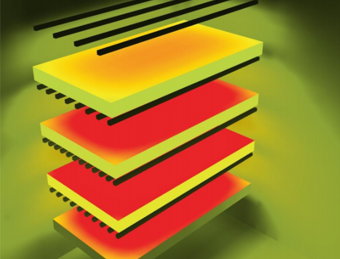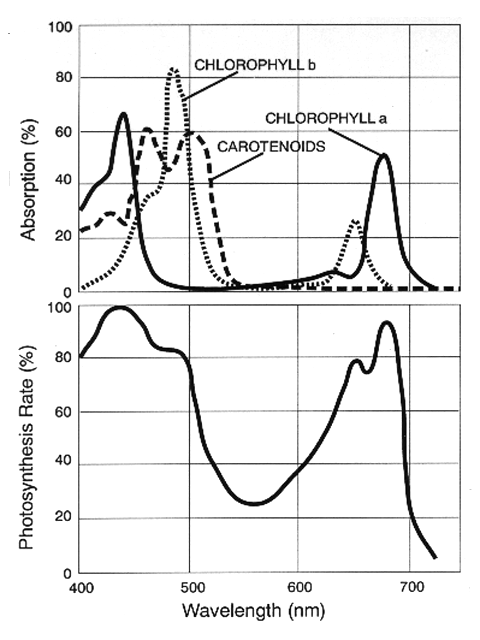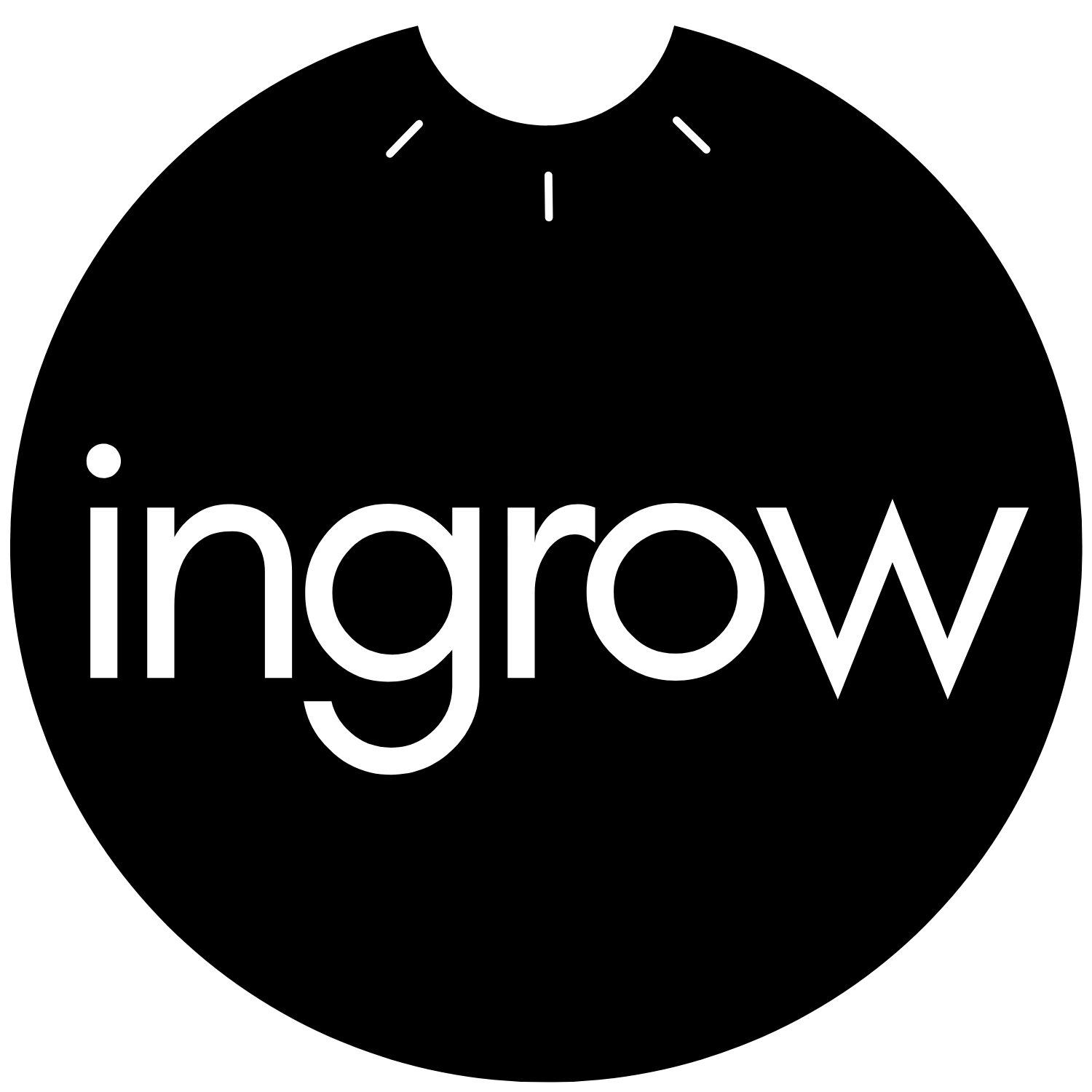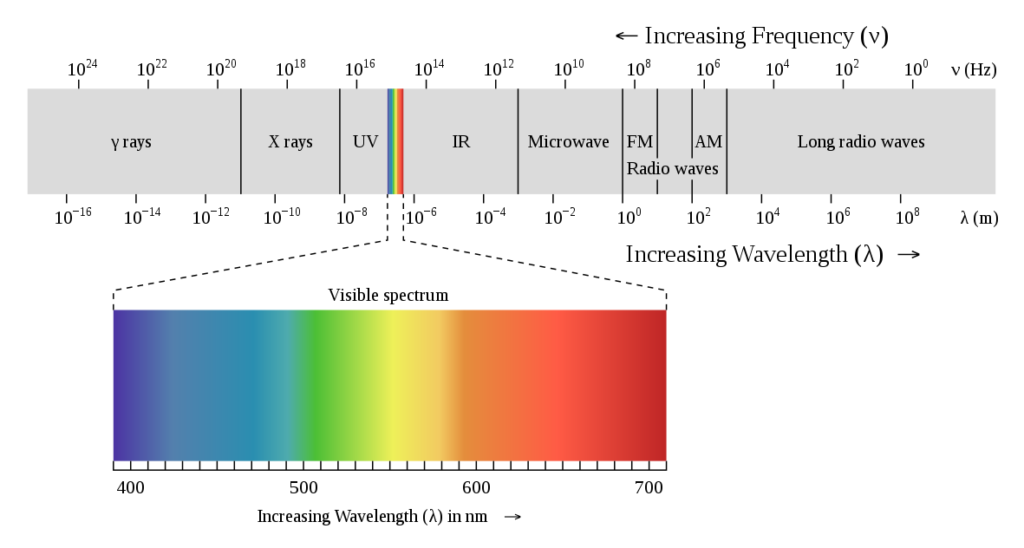
Perhaps the most basic understanding of plants is that they do well in the sunlight and that some are more tolerant to others to more or less heat.
Light is energy that travels in different bandwidths with different properties and energy content. Light can also be described as electromagnetic radiation with the bandwidth between the 400-700 nanometers (nm), called the visible section of the electromagnetic spectrum for humans, and Photosynthetically Active Radiation for plants although bandwidths outside of this gap have already been proved to be beneficial to plants, especially in the FAR reds (700-750 nm)
The sunlight a natural infinite source works because it has all this bandwidths and more to offer to plants, where they may reflect back what is not required and grow healthy with the rest. But when we move indoors to vertical farms or when we want to supplement light in the greenhouses the source of this light becomes electricity and so all the light produced should be of the most importance to plants.
This is what was discovered by McCree, where he traced the behaviour of plants under different colors of light (filtered sunlight) and reported the bandwidths where he saw most activity: Blue and Red. In fact he created what is called the McCree curve of photosynthesis activity according to the wavebands from 400-700.

Although plants and humans both share a requirement for the visible part of electromagnetic spectrum, our eyes and plants chloroplasts are more sensible to different wavebands or colors: Humans are more sensible to green and plants to red and blue, which means they are most sensible to opposite wavebands !
This to say that this factor is one of the reasons why common household bulbs wont do much for your plants, since their spectrum has been tuned to human eye and not plants!
The second factor why the bulbs you have at home might not do much for your plants is because of the quantity / intensity of light it provides which is very connected to the power it draws from the socket.
The Sun has an unmatchable intensity when it’s up and when the sky is clear.
When you are shopping for lights your indicator will be lumens per watt and color temperature in Kelvin which is the human eye scale, when you are shopping for grow lights you will be looking to know how many micromoles/W of light will you get and with which spectrum? Always remember that most of the watts pulled at the socket will become heat in the room, and that this heat must be extracted or you will cook your plants!
So the best is to find the best light for your purpose since wasting energy is not productive even if you are sourcing it for free.
The most used technologies currently used for growing purposes are fluorescent lights, high-intensity discharge lamps (HID) including HPS, and light-emitting diodes (LED)
Before LED became mainstream and a vialiable option, it was common to use fluorescent lights for germination and intitial stages and a type of HID lamp for the latter vegetative or flowering stage. This worked than and works know but lifespan of this technologies meant new bulbs and reflectors every couple of years, the energy drawn was prohibitive to larger growers and presented climate control obstacles, and the spectrum of light was unchangeable.
With the rise of LED’s most of this concerns have been resolved meaning less heat, electricity, substitutions and you can choose whichever spectrum you might think is more valuable to your crop. They can be fitted in fixtures with any format. The initial costs of installing this type of lights was always the problem and still somewhat is, although it is for sure the best option for long term growers. This said, there are still some situations where some technologies might make more sense the others even with lower efficiencies, for example HPS may proove to be a good option for greenhouse light supplementation they require less space thus creating less shading, and can be hung at higher levels with a good cover of the canopy!
Let us know if we can help you find the best solution for your growing operation!
Some important indicators regarding grow lights:
Photosynthetically Active Radiation – Area of the electromagnetic spectrum that goes from 400-700 nm
Photosynthetic Photon Flux (PPF) (µmol/s) – The amount of PAR light a determined fixture can achieve per second
Photosynthetic Photon Flux Density (PPFD) (µmol/m2/s) – The amount of PAR light that effectively reaches a m2 at a specific height.
Daily Light Integral (DLI) ( mol/day.m²) – The sum of all light that hit 1 m2 of grow area during the daily photoperiod.
Photosynthetic Photon Efficacy (PPE) (µmol/J or µmol/W.s-1) – The efficiency of a light fixture to convert watts to micromoles of PAR light.

